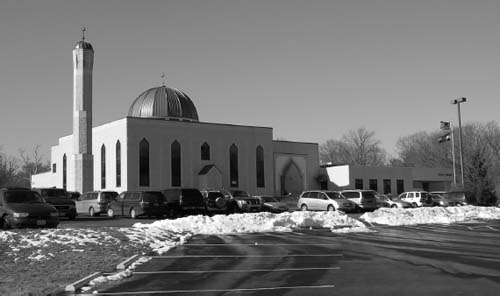IslamSigns and Symbols |
What signs or symbols distinguish Muslim ritual or religious specialists? |
There is no ordained Muslim clergy as such, but a category of specialists, known as religious scholars, sometimes wear distinctive garb. Style and color generally depend on variant traditions in the country of origin. Many religious scholars from many lands prefer the fez wrapped in the white cloth (signifying that the wearer has made Hajj). Some, from the Sudan for example, wear a white turban. Shi’a mullahs and higher-ranking scholars in Iran and Iraq often wear a black turban that identifies them as Sayyids, descendants of Muhammad through his daughter Fatima and her husband, Ali. Size, color, number of turns, and so forth, allow a practiced eye to distinguish national and sectarian connections. Members of Sufi orders often wear special clothing, particularly during their prayer gatherings. Various organizations have unique headgear, sometimes using colors or varied ways of wrapping the basic cap with windings to indicate rank or status within the order.

Expanded facilities of the Islamic Foundation of St. Louis, Missouri. The minaret symbolizes the call to prayer, but in this suburban neighborhood the call to prayer does not actually emanate from the tower; and the five windows on the front and left sides symbolize the Five Pillars of Islam. The small houselike feature protruding from the front marks the place of the niche (mihrab) that indicates the direction of Mecca. Joined to the mosque at right is a recently added expansion of the K-8 school formerly housed in the lower level of the original structure.
